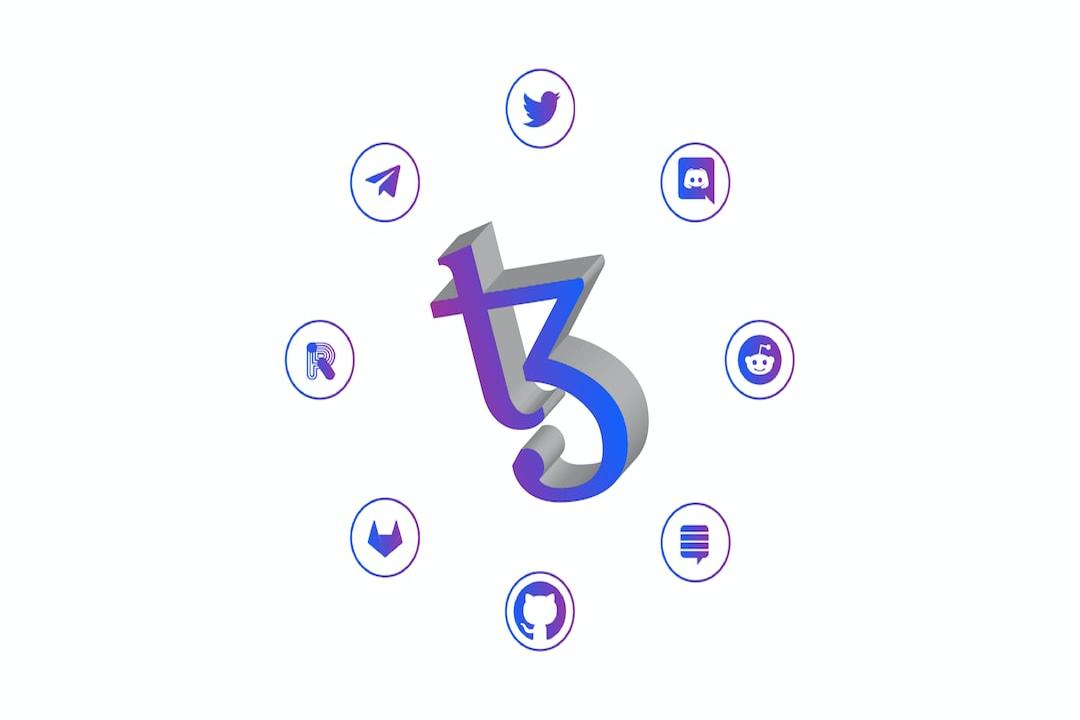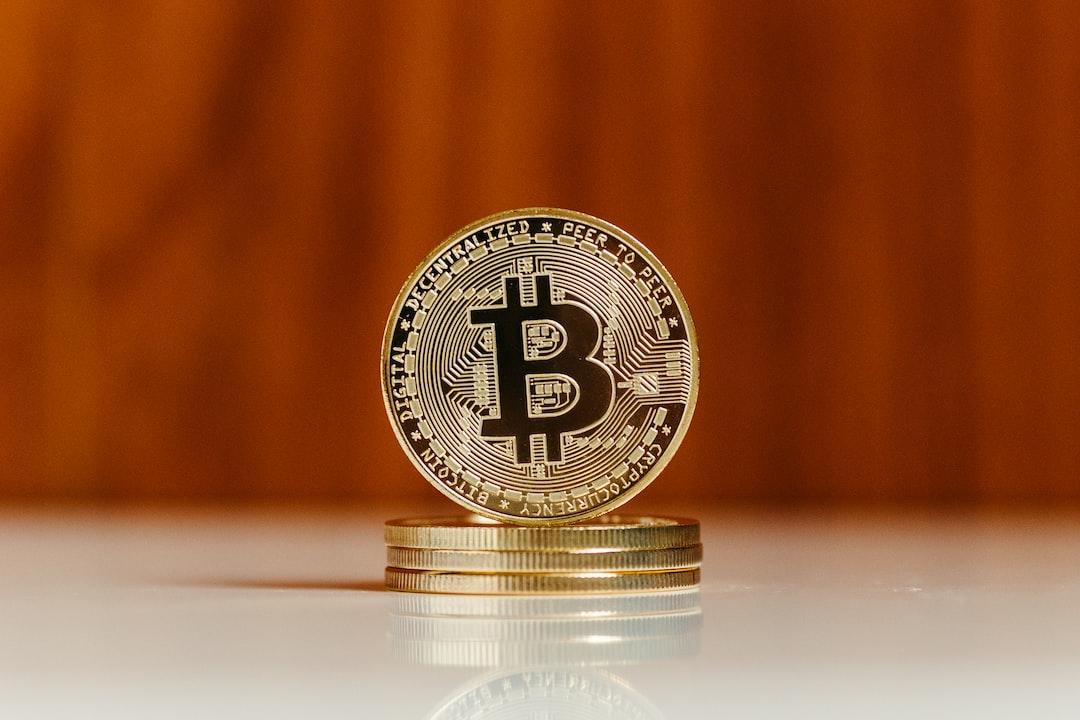New Narrative Online: It’s Worth a Try for Fun, but Not for Long-Term Investment
The new narrative online can be hyped up and enjoyed for fun. But when it comes to projects that are already live, I wouldn’t invest in new coins with high FDV, low circulation, and prices that are bound to drop.
We are very bullish on Pendle, the largest on-chain fixed-income platform. It is already profitable and shares the returns with PENDLE holders. We are also very optimistic about EtherFi, as they are building a new kind of “crypto bank”.
I recommended EtherFi’s crypto card on Twitter. I’ve seen many similar products, but this one has a reasonable cost, practical features, and can be linked to Apple Pay. I believe they will build a highly sticky user base. This card is like the “American Express card of the crypto world.”
They also promised to buy back tokens with their revenue and return the repurchased tokens to ETH stakers. So, if a project that is already live can do this, we are very interested.
Advice on Asset Allocation and Entry Strategies
Kyle: For the viewers watching this video, whether they are newcomers or experienced investors, what advice do you have for them? Especially when it comes to asset allocation, rebalancing, or entry strategies?
Arthur: You first need to define your “return threshold” — who are you comparing yourself to? At Maelstrom, our benchmark is Bitcoin. I can directly buy Bitcoin without paying you a salary. So, you need to tell me why your performance is worth me hiring you.
We invest in altcoins, early-stage projects, and do consulting because we aim to outperform Bitcoin. In other words, this is our “threshold return rate.”
Of course, for another person, the threshold might be 5% annualized return because they are investing with borrowed money. In that case, they must ensure that the annualized return exceeds the borrowing cost.
Or they may be a long-term investor who believes in Bitcoin and the narrative of currency devaluation, and wants to hold Bitcoin for ten years to outperform fiat money. It entirely depends on your personal situation and goals.
So, before investing, you must define your goals, then you can check whether your investments are truly achieving them. If not, then adjust your strategy. Don’t later try to justify a bad investment by saying, “I bought it for that goal.” That would be too late.
Bitcoin Breaks New High, Leading to Altcoin Season
Kyle: I think you and I are alike in that we sometimes play around in this casino, buying high-risk coins, which can be quite thrilling. When prices surge 50x, it’s like getting a dopamine shot. But what do you think is a suitable proportion of high-risk, high-reward Beta investments in an asset allocation for viewers who also want to take a gamble?
Arthur: If you can’t sleep at night because of price fluctuations, that means your position is too heavy.
Kyle: I totally agree. I’ve been through that, especially when using leverage with Aave or Avalanche, borrowing and reinvesting. Then, when Bitcoin drops a bit, you can’t sleep at all. That kind of state is really awful.
Let’s say Bitcoin returns to its historical high. What signs could define that “altcoin season” is really here? — Before we go to the next topic, let me insert a quick mention. I’ve been using an auto-compounding Bitcoin strategy recently, and it’s working very well. In just 45 days, I turned 1 Bitcoin into 1.033 Bitcoins. If the trend continues, I expect to grow my Bitcoin from 1 to 1.27 or 1.28.
For example, if you start with 0.1 Bitcoin and follow this strategy consistently without withdrawals, in ten years, you’ll have 1.16 Bitcoins. If Bitcoin hits $1 million by then, that initial investment of just $9,500 will become an asset worth over a million dollars.
If you haven’t seen my interview with Ash from Sequence, the video link is in the description below. I’ll also include a jump tag at the end, so you can easily click and watch. This might be one of the most powerful and stable wealth accumulation strategies. Anyway, back to the interview.
Arthur: Personally, I believe Bitcoin dominance will return to the level it was before 2021, somewhere around 40% to 70%. Once Bitcoin hits its historical high, people will start to rotate their assets. “The bull market is back? Then altcoins should outperform Bitcoin, right?” Although this “should” is just a theory, it’s the kind of sentiment that fuels the market.
So, people will start returning to the ecosystem. “The bull market is confirmed. We’ve gone from 70 to 110, back down to 70, and now we’ve broken through 110 again, maybe even rising to 150 or 200.” If the price increases are accompanied by trading volume and the technical chart looks strong, we will see typical capital rotation behavior. The market will enter a phase of “mining junk coins, looking for 100x coins,” with a full recovery in risk appetite.
Strategic Reserve Fantasy Shattered: The U.S. Won’t “Print Money to Buy Bitcoin”
Kyle: Do you think there’s a possibility, like sometimes I imagine: a country’s “strategic reserves” start buying Bitcoin on a large scale, and other countries see that it’s real, so they follow suit, causing a severe supply shock and Bitcoin starts surging $10,000 or $20,000 a day, quickly absorbing liquidity from the market. It’s like the occasional phenomenon we see—TRUMP coin suddenly explodes, and all altcoins fall 80%, with all the capital sucked into it. Do you think there could really be an adoption cycle where Bitcoin dominance skyrockets, and everyone abandons altcoins, leaving only Bitcoin? Of course, I think eventually the capital will rotate back to altcoins, but do you think there will be a stage where Bitcoin stands alone as the extreme winner?
Arthur: We’ve kind of experienced this situation already. But personally, I don’t believe in the idea of “strategic reserves buying Bitcoin,” especially when it comes to the country everyone loves to talk about—the U.S. The U.S. is a deficit country, and the only way it could hold Bitcoin as part of its “strategic reserves” is by not selling the Bitcoin it seizes from law enforcement—like those 20,000 Bitcoins.
But I really can’t imagine an elected politician publicly saying, “We’re going to print money to buy Bitcoin.” That’s just too hard for voters to accept—especially when Bitcoin is often depicted as a “geek club” and “meme coin speculation.” Do you really want the public to think you’re supporting those people? I think that’s impossible.
What’s more likely to happen is the “China model”: you have excess electricity capacity, so you mine Bitcoin, and store the mined Bitcoin in the national reserves, but you won’t buy it on the market. Or like the UAE, converting excess hydrocarbons into electricity to mine and store Bitcoin. But you won’t directly buy Bitcoin with fiscal deficits. You’re more likely to “print money and issue checks,” because that’s how you get votes. Simply put, the fantasy of “strategic reserves buying Bitcoin” just won’t happen.
Kyle: I agree. We actually talked a bit about something similar last time. Now, more and more companies are starting to mimic MicroStrategy’s approach to buying Bitcoin. While there won’t be a national strategic reserve plan, we are seeing that the amount of Bitcoin purchased by companies even exceeds that of ETFs. Do you think this trend will continue? Also, with Howard Lutnick’s son launching a fund similar to 21.co, could these factors combined cause a real supply shock?
Arthur: We participated in the UPXI deal, and their company will also include some Bitcoin on their balance sheet. After all, there is a group of investors who can’t invest in Bitcoin ETFs but want exposure to crypto assets. Their institutional regulations don’t allow them to hold crypto directly, but they can buy U.S. stocks. So, Michael Saylor seized this opportunity.
He tells these people, “You can’t buy Bitcoin? That’s fine, I’ll buy it. My company’s balance sheet is full of Bitcoin. You buy my stock, and it’s like indirectly owning crypto assets.” So, their stock prices rise, and the trading premium is much higher than the net assets. This is their play, and as long as there’s demand, they can keep doing this.
Essentially, these investors know full well, “I want crypto assets, but I can’t buy them directly. So I’ll buy stocks of companies that are compliant and allow for holding crypto.” Then these companies use “quasi-fiscal strategies” to prop up their stock prices. I think this method will continue for a while.
Especially since Michael Saylor’s “MicroStrategy” is now part of the S&P 500, which means it has the ability to constantly raise money from the market to “add more to its holdings.” Of course, this pace might stop once Bitcoin’s volatility decreases. At that point, these stocks may not see big ups and downs, and market enthusiasm could naturally fade.
Kyle: Recently, we’ve also seen Bitcoin’s movements becoming more and more similar to gold’s, starting to decouple from the stock market. Bitcoin used to be strongly correlated with the stock market. Do you think this decoupling is really happening, or is it just a short-term phenomenon?
Arthur: I think we’ve already seen some degree of decoupling. But I still believe there will be a massive sell-off—when Trump declares again that he will increase tariffs on China to show his tough stance, the market will react strongly. Bitcoin may also see some volatility.
But now people are finally starting to understand: the truly crucial indicator is “bond market volatility.” Whenever bond market volatility spikes, it’s time for monetary easing, which is exactly the environment where Bitcoin performs best. So, I think we still need a real market test to make the public fully understand this logic.
You ask me if Bitcoin will become highly correlated with the Nasdaq again, like in early April? I don’t think so. Bitcoin should perform more steadily this time—not necessarily with a massive surge, but it won’t crash like the stock market.
Kyle: Indeed, this kind of movement has almost never been seen in Bitcoin’s history. It’s always been treated as a “tech stock,” but now it’s finally shedding that label.
Arthur: That’s a good thing, really great.


